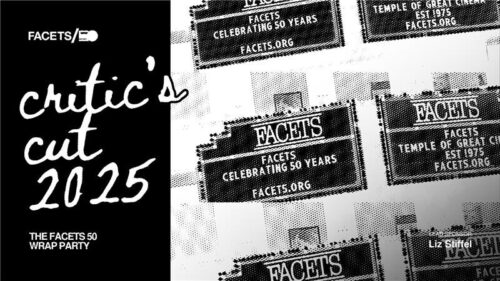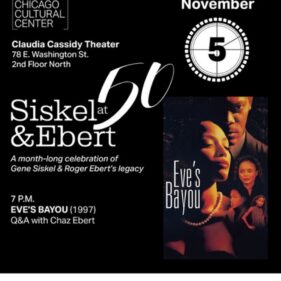It happened again last night. I went to a screening of the movie
“The Wolverine,” and as I watched the plot unfold in Japan, and the
exciting fight sequences between Hugh Jackman and the Yakuza, I bounced
around in my seat to see if Roger was enjoying the movie as much as I
was, and then remembered…He’s not here.
So what a pleasant surprise today to read Frank Lovece’s interview with director James Mangold in Newsday and find out the new movie was partially influenced by Roger.
“In a way, Roger Ebert helped make ‘The Wolverine.’ ‘Why should I care about this guy?’ the film critic asked in his review
of 2009’s ‘X-Men Origins: Wolverine,’ the previous film starring Hugh
Jackman as Marvel Comics’ mutant hero with metal claws and a rapid
self-healing ability. ‘He feels no pain and nothing can kill him,’ Ebert
said, ‘so therefore he’s essentially a story device for action
sequences.'”
This Wolverine feels pain, can be injured, and therefore killed. When Wolverine is tracked down in the wilds, he is living away from society, in isolation, ruminating in angst about what it’s like to be immortal but woefully unhappy, imprisoned in a life you can’t escape. He’s found by a young Japanese warrior girl who wants to take him back to Japan to say goodbye to the man whose life he saved many years before. The man is old and ready to die, and wants
Wolverine to take care of his granddaughter.
In addition, with all his wealth, the old man is also hungering for immortality. The plot takes its time, and builds some interest in the story. Mangold even adds more human interest by bringing back Famke Janssen, Wolverine’s true love, to haunt the pained Wolverine at night. Her apparitions help show why Wolverine’s life has become so joyless and full of guilt and pain. He’s like a zombie walking around with his psychic wounds, uninterested in anything, including life. But he is a soldier at heart who responds to injustice.
Therefore, we also get plenty of action, and what pumped scenes they are. Two sequences in particular juiced up the adrenaline. The first action scene takes place when the bad guys try to kidnap the granddaughter at her grandfather’s funeral. It’s the first time I didn’t
mind the series of quick cuts in the fight sequence. They happened at a pace where my mind could still intuit what was going on. The second sequence is when Hugh Jackman is on top of a speeding train fighting a bad guy. Those scenes are both thrilling and hilarious at the same time. Good show.
The last act of the movie can’t sustain the plot, but it is entertaining, nevertheless, and Mangold should be congratulated.
Mangold, who directed “Girl, Interrupted,” said this movie can be called, “Wolverine Interrupted.” Its not all CGI, Wolverine has a heart. Thank you Roger.












